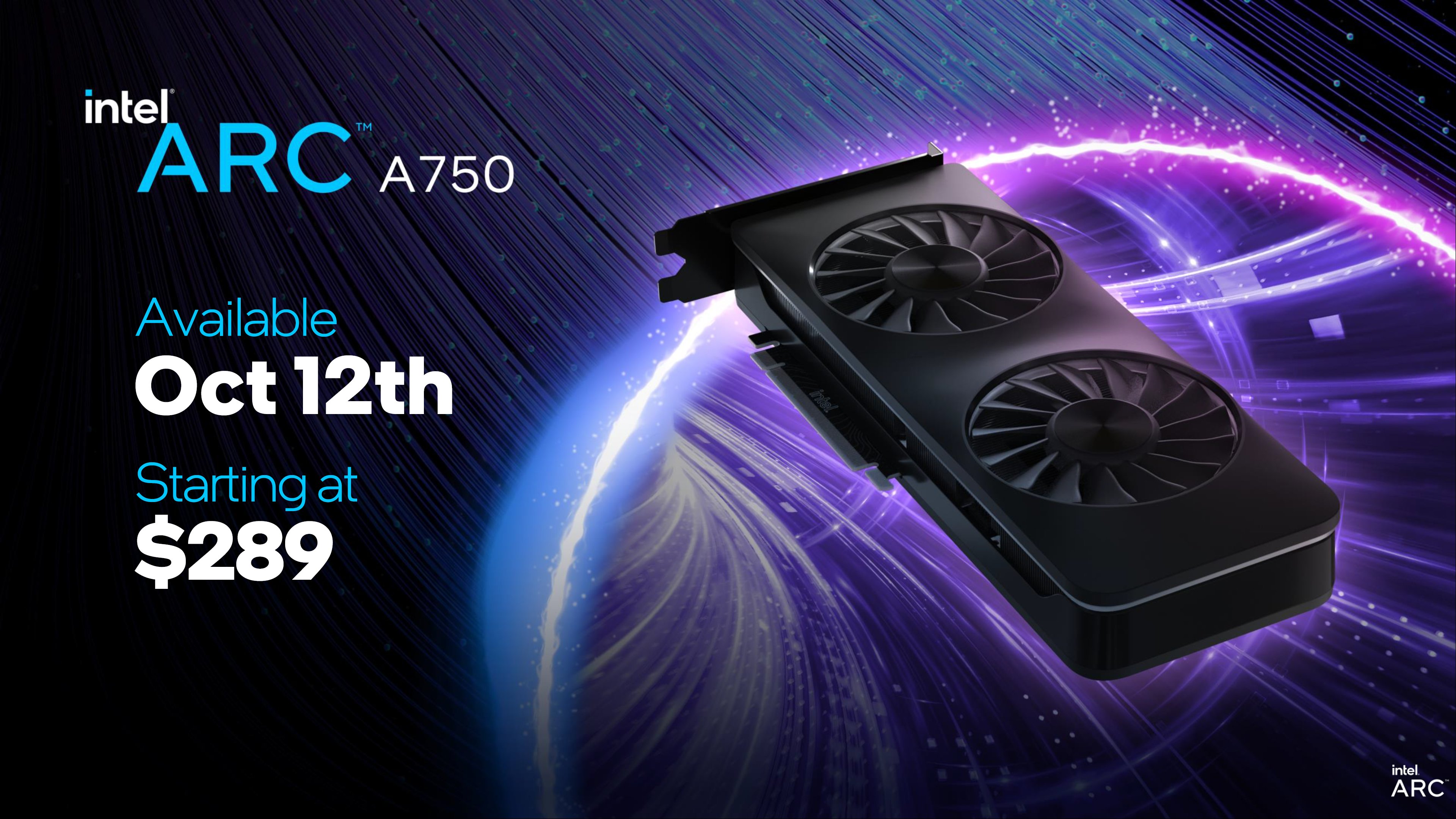Glad to see Intel is supplying dedicated GPUs to a market, judging by Nvidia's recent announcement, hopefully this will at least keep the entry-mid tier market competitive - the A770 appears to be a solid contender toward Nvidia's 3060/70 or AMD's RX6600-6700XT line; even if Intel's line up looks like at least a year older. Better to have decent selection of midrange cards which are competitively priced to put pressure on those inflated price on both high-end and entry-level cards.
3060/6600 level and only in DX12 and with far worse drivers and for the same price as a better card (6650XT). But it's something. Performance might well improve a bit in time as the drivers become less bad. The potential performance of the hardware seems to be a bit higher than the actual performance of the cards and we know that the drivers are very bad indeed. I think the drivers will become less bad. I think Intel will continue to develop Arc, both hardware and drivers. Not primarily to compete in the gaming dGPU market (though I think they will do that too, or at least try to do so on a small scale) but for the future of Intel:
That [can't compete with established competition at a price that will make any sort of profit] might be true for Arc Alchemist, but Intel can't afford to bin Arc entirely. Not if they want to remain a major player in the industry. The Arc project isn't just (probably not even mainly) about graphics cards for PC gaming. There are bigger markets now for massively parallel processors. Alchemist is even worse for those markets, but Intel has nothing that fits apart from Arc. Intel's choices are either develop Arc into something that can compete in those markets, develop an entirely new architecture from scratch to compete in those markets or give up on entering those markets. I think they'll go with developing Arc.
So I still think this is true:
So I think they'll do Alchemist on a small scale, partly to get the Arc brand name out there to some extent and partly to aid development of the next generation of Arc (Battlemage). Alchemist has taught Intel some valuable lessons on what they've done wrong. Well, it should have done. Maybe Intel will have properly functional drivers by the time Battlemage is ready, for example.
Intel do have Pro versions of Alchemist cards for those other markets. I don't think they'll sell many. Probably an even smaller share of the market than they'll get with the home gaming versions of the cards (which might sell fairly well for the budget end of prebuilts, especially if Intel sell to those companies at cost) but trying to look at Alchemist objectively I think it's not rubbish. Not the hardware, anyway. I think it might serve to establish Intel as a possible future alternative in those markets. I think buyers in those markets might look at Alchemist and think along the lines of "Arc has potential, so it's worth keeping an eye on. Maybe the next generation will be worth buying."






 , will keep many budget gamers happy and not getting ripped off by the usual duopoly. Lets see if intel can provide the goods at the price with good drivers, because they should be onto a winner with these at these prices.
, will keep many budget gamers happy and not getting ripped off by the usual duopoly. Lets see if intel can provide the goods at the price with good drivers, because they should be onto a winner with these at these prices.